
The students at Cacique Nicoa Elementary School in Nicoya are still suffering from the aftermath of the Samara earthquake that took place almost 11 years ago. All you have to do is walk through the school’s front gate to come face to face with a fissure in one of the building’s walls and a hole in one of its columns.
That is neither the only nor the most obvious damage. There are long cracks in the walls, places where the ground is raised, detached ceiling tiles and unprotected rebar.
“The school wouldn’t hold up to another seismic event,” said the president of the school board, Laura García, who shakes the walls to demonstrate how fragile the infrastructure is.
The school needs to be completely rebuilt, something that the Ministry of Public Education (MEP) has been promising since at least 2015.
Costa Rica’s Federated College of Engineers and Architects (Spanish acronym: CFIA) approved the plan for the new school in 2018 and the total budget for the work has been ready since 2020, confirmed MEP’s Educational Infrastructure Administration (Spanish acronym: DIE). However, the years keep passing and work hasn’t begun.
DIE Director Lourdes Sáurez admits that building the new school is urgent.
“Apart from the earthquake, also due to how old the school is, [the institution has] structural damage that could jeopardize the lives of the student population,” admits the director of DIE.
Since building the new school has been delayed, the cost of the work has changed, so now the money budgeted won’t be enough to build the institution’s soda (snack bar) or gym, two sections included in the original plan.
The roofed gym with bleachers was included but, since so much time has passed, the engineer [in charge of the project] said that costs had to be cut because the materials had risen [in price] a lot,” said the president of the school board, Laura Garcia.
Since the earthquake, the school’s gym has been closed and was demolished in 2019. Since then, students have their physical education classes in the ruins or in a small outdoor area next to the school, according to García.
“The gym is essential because of the sun that students get during physical education classes. Taking classes under the sun is very complicated,” she said.
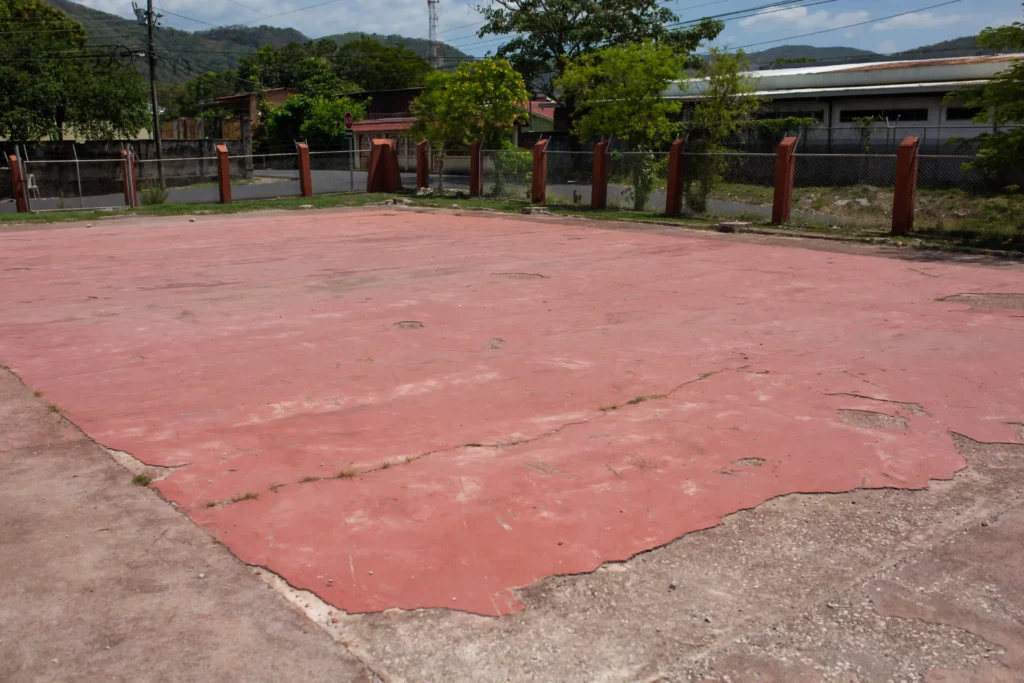
Around the old gym, there are the remains of cement blocks that pose a risk to the students.Photo: César Arroyo Castro
The director of DIE explained that in light of the changes in the cost of the work, the institution had to prioritize building what is necessary for holding classes and leave the gym out.
“We’d do harm to the student population if we hold off and stop everything to look at this work [of the gym] that is being left out,” said Sáurez.
The official doesn’t rule out the possibility of formulating a new project to build a gym at the school after the completion of the new infrastructure, but she acknowledges that that’s only a tentative idea.
“Apart from allowing the children to play in a healthy area and not be exposed to rain or sun, the roofed space also creates a space to carry out their physical education, their civic acts and their dances,” she commented.

The Ministry of Health closed three classrooms in 2018 and demolished the gym in 2019, but there are more areas that put at risk the student body’s safety.Photo: César Arroyo Castro
A New Promise
The new school could be ready by mid-2024, according to the director of DIE, Lourdes Sáurez.
This week, the institution awarded the project to the company that will build the school. The other interested companies will now have until July 12 to file appeals.
If no one appeals, Sáurez calculates that earthworks will begin in August of this year. The work, with an approximate value of ¢1.5 billion (about $2.7 million USD), would last approximately 10 months.
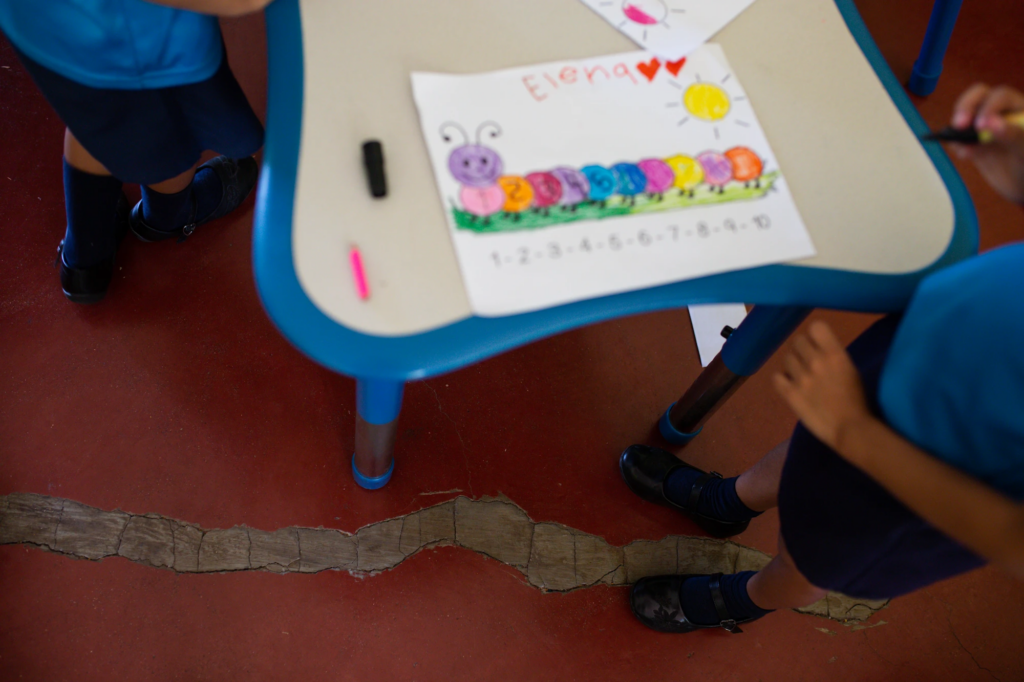
“I ask God that if this falls, for it to fall when we aren’t there because the littlest ones are here,” commented preschool teacher Cynthia Marchena.Photo: César Arroyo Castro
“Until we have a set date for the commencement of the work, we’re going to communicate with [the school] to explain to them how the entire construction process and the location of the students is going to be done,” said Sáurez.
In addition, she commented that it is likely that they build the school without the need to interrupt in classes. The idea would be to divide the work into two stages and arrange classes in the part of the school that is not being worked on.
The constant coming and going of workers, the debris and the presence of machinery worries the president of the school board, Laura García.
It’s not in the best interests for security. They have to do something very firm so that the students can’t access the space under construction,” commented García.
“We’re not going to fit in this small [space]. As a board, we’ve said that it doesn’t seem feasible or safe. But the people from DIE told us that we have to make sacrifices.”



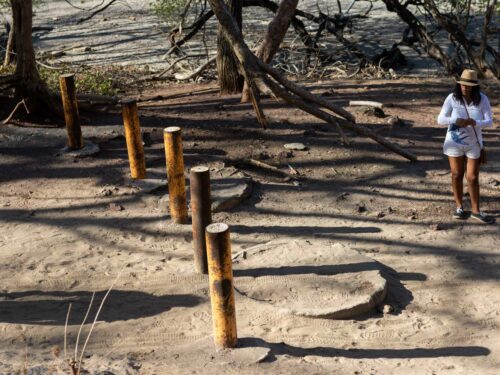
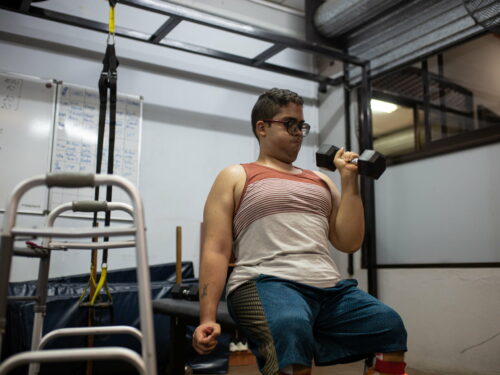
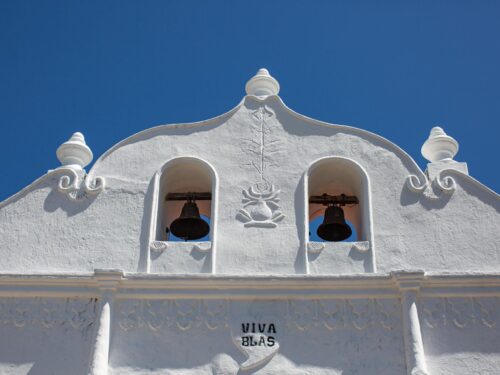

Comments